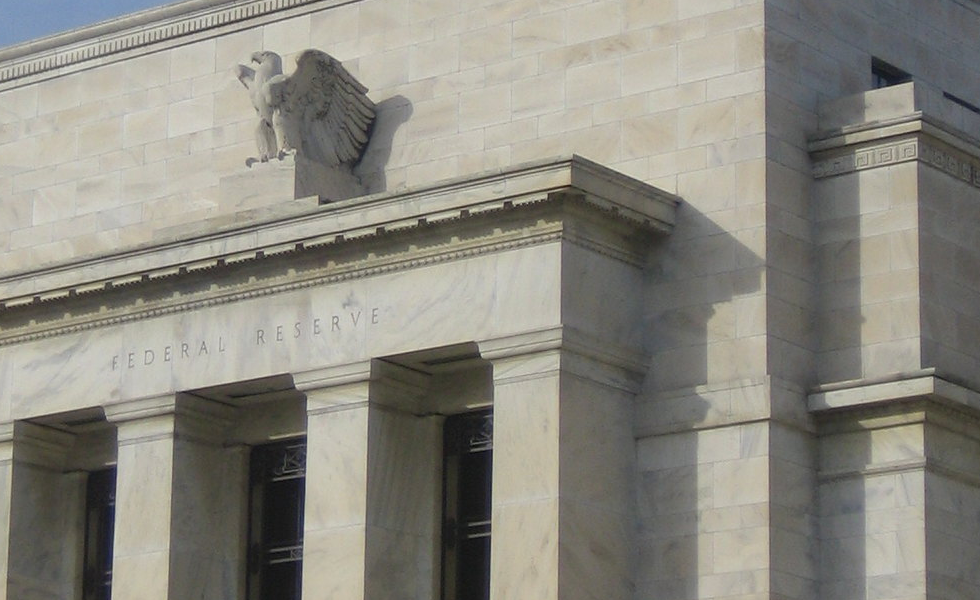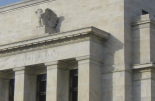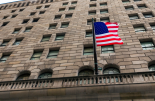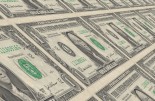PGIM Fixed Income: Commentary on the Fed's monetary policy

Wednesday’s FOMC meeting outcome delivered on our (and the market’s) expectation for a dovish hike, but we’re left with more questions than answers.
The unsurprising part of the outcome was the dovish signaling that accompanied the 25 bp rate hike to a policy target range of 4.75-5.00%: the Fed softened its guidance for further rate hikes—the statement amended 'ongoing increases' in the policy rate 'will be appropriate' to 'some additional policy firming may be appropriate.'
Furthermore, the peak policy rate in the FOMC’s projections was left unchanged at 5.25%, signaling the end of the rate hike campaign is quite near, and Fed Chair Powell acknowledged that a pause in this meeting was considered. The statement also made clear, with emphasis by Chair Powell in the press conference, that banking sector stress will weigh on growth, the labor market, and inflation—in essence, a substitute for further rate hikes.
But, when discussing recent developments in the banking sector, we can’t help but feel puzzled by Fed Chair Powell’s repeated emphasis that 'all depositors are safe' when, at almost the same moment, Treasury Secretary Yellen testified to Congress that uncapped deposit insurance is 'not something we have looked at.'
As we’ve written previously, without a clear-cut government backstop for uninsured depositors at mid-sized banks (more than 40% of the total for mid-sized banks as of Q4 2022), the likelihood of ongoing and intensified stress remains elevated.
Indeed, as Chair Powell acknowledged, the size and persistence of the shock to the real economy from the banking sector remains highly uncertain, casting doubt on any insistence that rate cuts this year won’t be necessary. Our expectation remains that today’s hike will likely be the last of this cycle, and that the long tail of the current banking sector shock will force the Fed into 50-75 basis points of rate cuts by year-end.
Markets Focused on the Downside
Although risk markets were initially buoyed by Chair Powell’s incorporation of downside risks into their policy assessment—including his attempts to reassure depositors—that optimism went by the wayside with the Treasury Secretary’s nearly simultaneous pushing off the potential for comprehensive deposit guarantees in her comments to the Senate. With the rug effectively pulled out from under the teetering regional banks, stocks fell broadly, and credit spreads widened.
All of that bad news, however, amounted to nothing but good news for the Treasury market. While yields fell across the curve, the Fed’s focus on supporting growth and blurring focus on fighting inflation—at least for the moment—resulted in a steepening of the curve as short rates dropped more than long rates.
Conclusion
Looking ahead, market movements will logically be driven by the data and events. Should growth and inflation numbers come in on the high and strong side, risk markets will likely suffer as the Fed’s latitude to fight the banking stress with easier conditions will be limited. By contrast, a moderation in growth and inflation—which seems likely given the tightening credit conditions ahead—should keep hope alive for an end to central bank rates hikes and buy time for the banking sector to stabilize.








